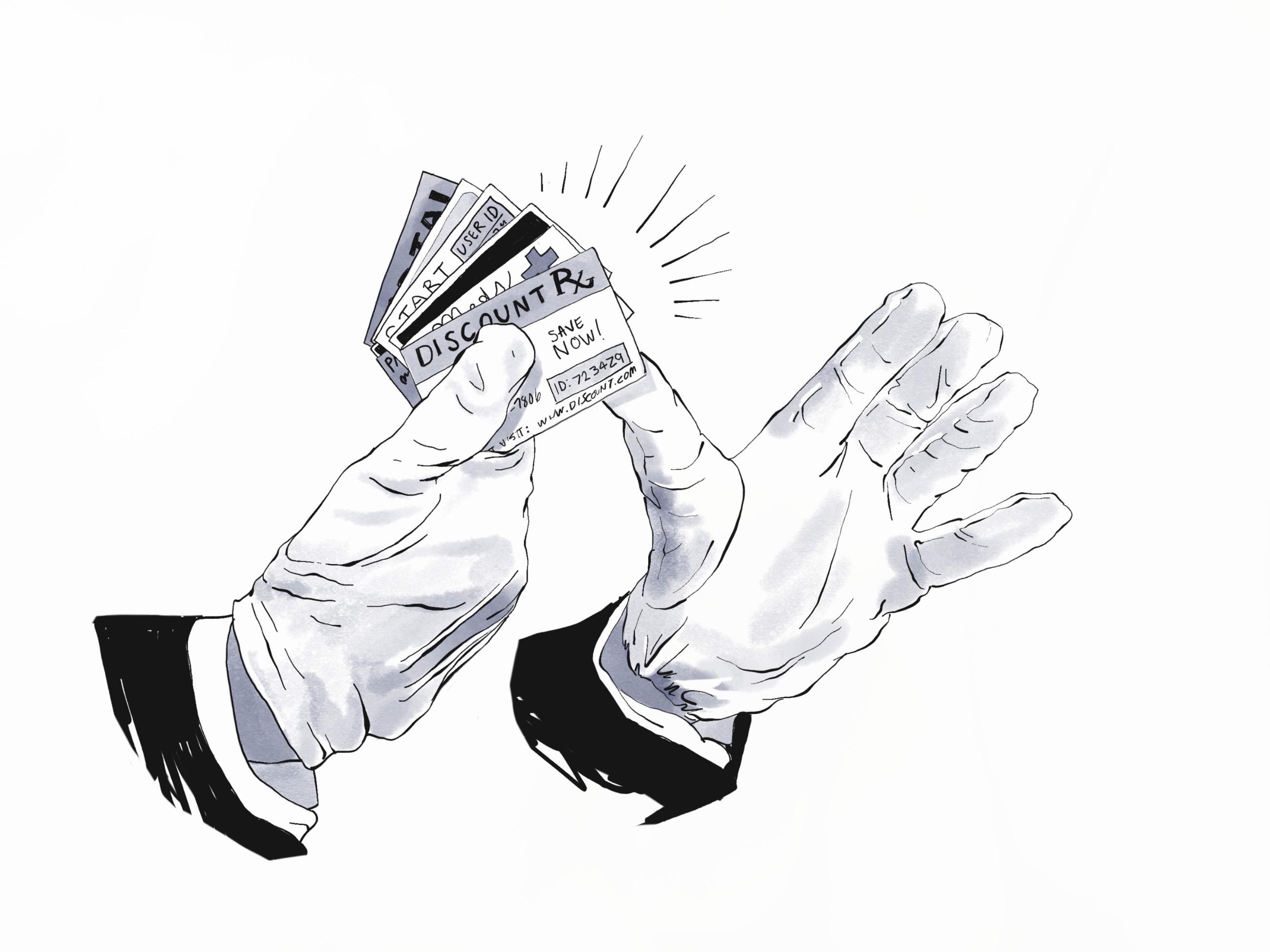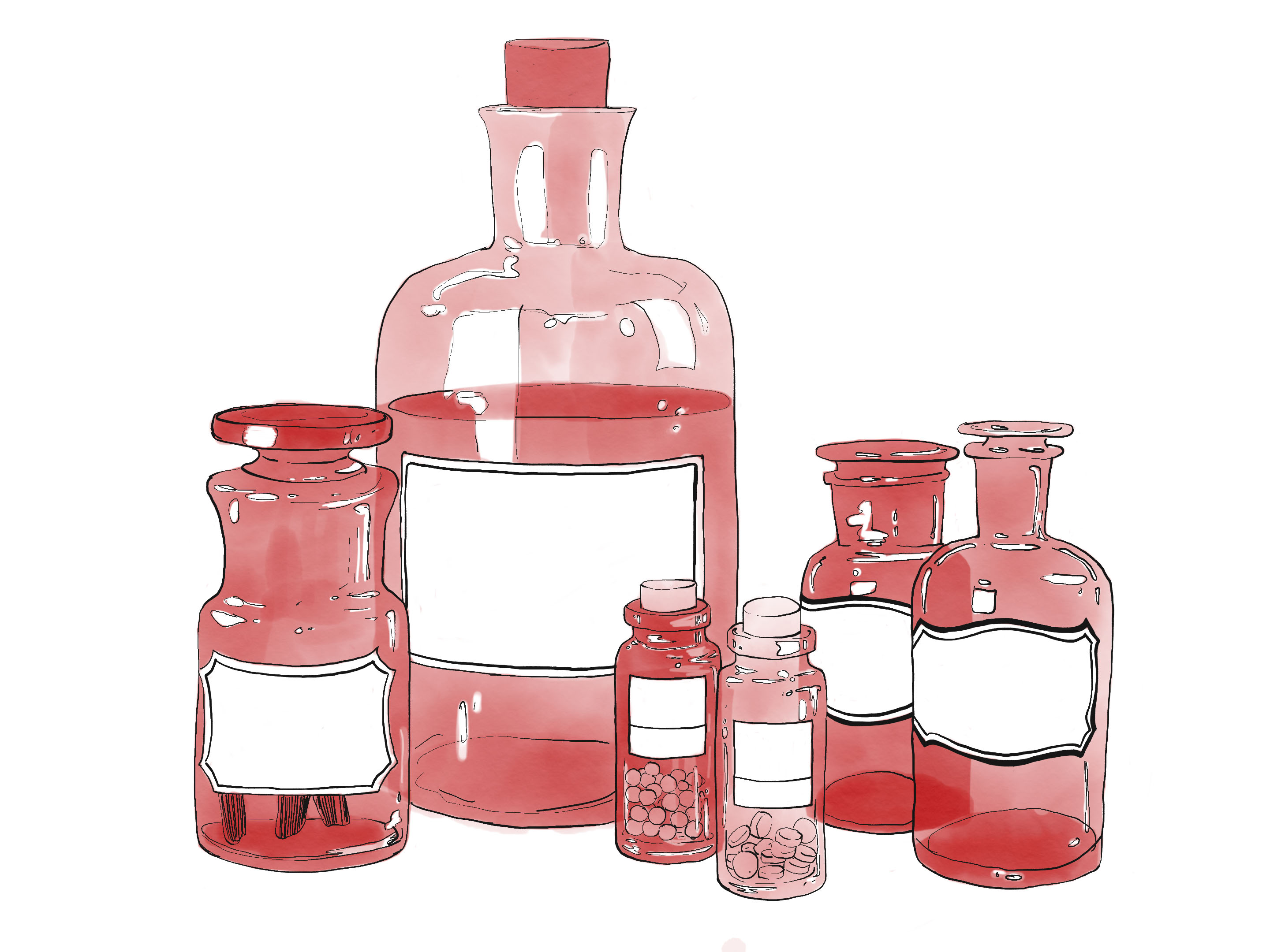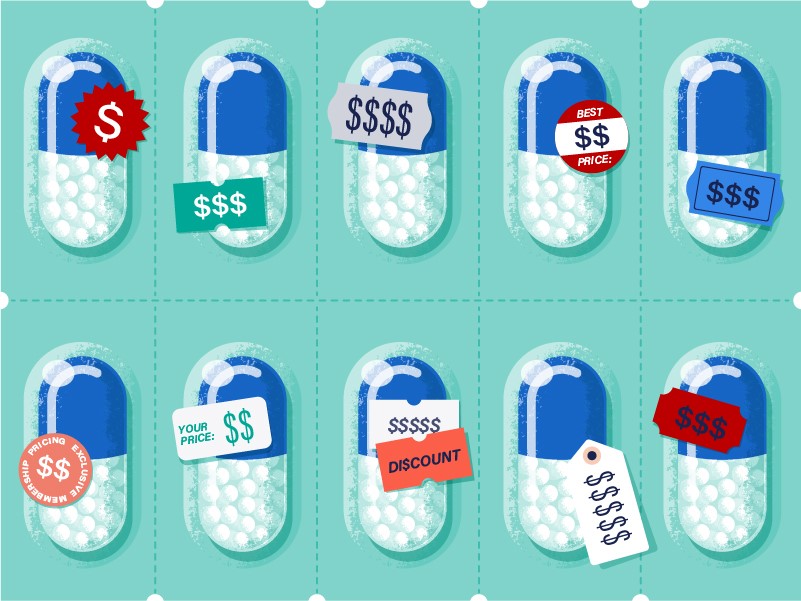Prescription Discount Cards: What You Need to Know
Not all cards are the same. Use this guide to protect yourself

On the surface, prescription-discount cards might all seem the same.
Most aim to help patients save money on their medicines by paying with cash instead of going through their insurance benefits.
The cards are seemingly so popular that the number of coupon programs jumped to nearly 500 strong in 2016, according to MarketWatch.[1]
But as the cards have stacked up, it’s become clearer their benefits might be a delicate house of cards, depending on which one you use.
In other words, prescription discount cards aren’t all equal. Some decide what medicines they’ll save you on, while others differ wildly in how much they actually save and how long you can use them.
Why discount cards are so popular
Prescription discount cards have grown quickly thanks to the wide range of changes in the healthcare system of the last two decades.
You can most often track that impact back to the rise of high-deductible health plans.
If you have a high-deductible health plan, that simply means you have a higher deductible than you would with a traditional health insurance plan.
You might pay a lower monthly rate, or premium, for your health insurance. But you’re likely paying for most of your healthcare costs yourself, with insurance only kicking in to help once you meet your deductible level.
There’s also Pharmacy Benefit Managers, or PBMs, to think about. Essentially, these third-parties negotiate the sale of prescription drugs between pharmacies and drug manufacturers.
During these negotiations, the benefit manager sets the copay, deciding how much you’ll pay for your medication. Sometimes this means you pay a higher price.
Paying for prescriptions out-of-pocket, or without insurance benefits, can be a better bet.
When that’s the case, discount coupons and cards can be a better and more efficient way to save on drugs you need now. These cards must be used instead of insurance benefits as a way to save patients money.
In other words, why use insurance to buy medicine if you’re never going to reach your deductible anyway? For a growing number of people, that’s a question they’ve started asking
Patients overpay for prescriptions 23 percent of the time.[2]
Why are these cards so confusing?
The sheer number of ways to save money on your prescriptions can become overwhelming to many price-conscious shoppers.
Some cards have fine-print restrictions or are only available to low-income or uninsured families.
Others vary in how they’re given out, whether by a doctor or a pharmacy or completely free online.
Many cards can also differ in what they offer.
Some programs, for instance, only give access to one specific drug manufacturer or an individual drug.
It can also be challenging to find out how much the cards will actually save you. It can sometimes be even more difficult to compare savings between cards.
Pharmacies often won’t quote the exact price of a medication with a discount card over the phone or online. (Even without discount cards, knowing how much a medication might differ from pharmacy to pharmacy is difficult. That’s because each pharmacy location can set its own prices, and these prices can change daily.)
What should I look for before picking a card?
Pharmacists recommend reading the card’s privacy policy. This can tell you if a company will sell your personal information, as some ad-based platforms do.[3]
You should also take steps to confirm the card isn’t a scam. One way to do this is to check to see if LegitScript has accredited the company. LegitScript is one of the country’s leading third-party certifiers of pharmacies and telemedicine providers.
Even a simple scan of a company’s website for contact information can often reveal if it’s a real business.
Some other questions you might want to think about include:
- Can you actually get the card’s suggested cost for the medicine at your pharmacy?
- Can you search for local pharmacies and compare prices?
- Are there other benefits, like having access to licensed pharmacists who might be able to answer your questions?
Finally, don’t be afraid to talk about this with your doctor or pharmacist directly, too.
Ask your pharmacist if you’re better off paying for a prescription directly instead of going through your insurance. And always double-check with your area pharmacies whether they take the prescription discount card you’re looking to use.
You can usually check the discount card’s website to see what pharmacies near you accept their cards.
This article was last updated March 03, 2020






